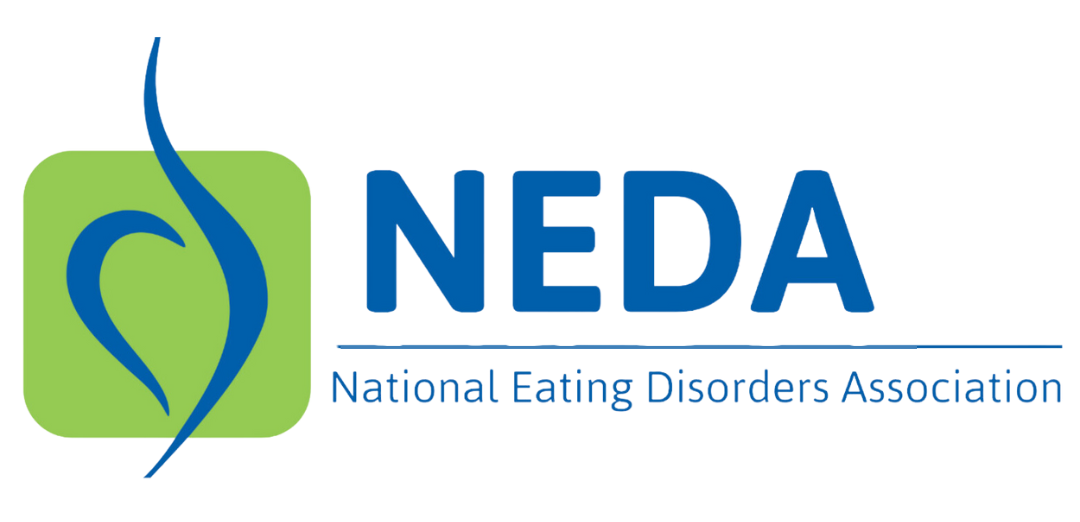This blog post represents the author’s views and should not be interpreted as professional/medical advice or endorsed by NEDA.
Navigating conversations about eating disorders, body image, and self-esteem with high school students can feel daunting, yet these discussions are crucial for fostering mental wellness and resilience. The Cameron K. Gallagher Foundation (CKG Foundation), dedicated to removing the stigma surrounding teen mental health, has developed effective strategies for addressing these sensitive topics in schools.
We hope these strategies will help you to create an environment where eating disorders and all mental health concerns can be safely discussed among high school students and those in need feel able to seek help.
Four Key Principles for Talking to High School Students
Engaging high school students in discussions about eating disorders requires a thoughtful and informed approach. It’s essential to consider the unique challenges adolescents face, such as peer pressure, academic stress, and the pervasive influence of social media. By adhering to key principles that prioritize empathy, inclusivity, and education, we can create an environment where students feel safe to explore these topics and seek support when needed.
- Create a Safe Space: Establishing an open and judgment-free environment is the foundation of meaningful conversations. At the CKG Foundation, we’ve learned how vital it is to prioritize creating a space where students feel heard, respected, and supported. Confidentiality and empathy are key to building trust.
- Use Inclusive Language: Avoid language that could inadvertently perpetuate stigma or reinforce harmful stereotypes. Focus on promoting health, well-being, and self-acceptance rather than weight, appearance, or size.
- Focus on Education, Not Fear: While it is important to convey the seriousness of eating disorders, avoid scare tactics that may increase anxiety or shame. Instead, emphasize empowerment through knowledge, resources, and positive coping strategies.
- Meet Students Where They Are: Tailor discussions to the developmental stage and cultural context of the students. Incorporate relatable examples and encourage active participation to ensure the message resonates.

Approaching Topics of Self-Esteem and Body Image
High school students are heavily influenced by societal beauty standards, peer comparisons, and the curated perfection often portrayed on social media. These factors can erode self-esteem and contribute to negative body image. To combat this, try using aspects of the CKG Foundation’s approach:
- Workshops and Interactive Sessions: Hold workshops that focus on fostering self-awareness and resilience. Activities such as guided journaling, group discussions, and mindfulness exercises help students explore their self-perceptions and challenge unrealistic beauty standards.
- Social Media Literacy: Teaching students to critically evaluate social media content is a powerful tool. We’ve found it helpful to encourage them to question the authenticity of images and messages online, empowering them to curate their feeds to promote positivity and diversity.
- Storytelling: Sharing real-life stories from individuals who have overcome struggles with eating disorders and body image fosters connection and hope. These narratives emphasize recovery and the importance of seeking help. Additionally, it is important to educate students on how to safely share their story;
- Engaging Trusted Adults: Its important to involve teachers, counselors, and parents in programming to ensure a unified support system. Educating these stakeholders equips them to recognize warning signs and offer appropriate guidance.

Five Successful Strategies for Starting the Conversation
Engaging high school students in discussions about eating disorders, self-esteem, and body image requires thoughtful and effective strategies. Over the years, the CKG Foundation has refined approaches that resonate with high school students. Here are some of the strategies that have proven effective:
- Peer-Led Initiatives: Peer leaders serve as relatable role models who can effectively convey messages about self-esteem and body image. Programs like our SpeakUp Clubs empower teens to lead discussions, reducing the stigma around mental health.
- Interactive Campaigns: Initiatives such as Eating Disorders Awareness Week (EDAW) and February’s Love Yourself campaign engage students in activities that celebrate diversity and self-acceptance. These campaigns often include art projects, social media challenges, and guest speakers, creating a school-wide culture of inclusivity.
- Collaborations with Experts: Partnering with organizations like NEDA ensures that programs are evidence-based and align with best practices. Experts provide valuable insights and resources, enhancing the impact of initiatives.
- Student-Driven Content: Allowing students to co-create content—such as posters, videos, or social media posts—gives them ownership of the conversation. This approach ensures that messaging feels authentic and relevant to their peers.
- Focus on Strengths and Achievements: Shifting the focus from appearance to strengths, talents, and achievements helps students build a healthier sense of identity. Activities like gratitude journaling and goal-setting encourage self-compassion and resilience.
Implementing these strategies has enabled the CKG Foundation to foster open dialogues about eating disorders and mental health among high school students. By creating engaging and relatable programs, we’ve observed increased student participation and a reduction in the stigma surrounding these topics. Our collaborative efforts with experts and the emphasis on peer-led initiatives have been instrumental in normalizing conversations about mental health, encouraging students to seek help when needed, and promoting a culture of acceptance and support within school communities.

Practical Tips for Educators and Parents
High school is a pivotal time for self-discovery, but it can also be a period fraught with challenges related to self-esteem and body image. Educators and parents play a crucial role in shaping how teens perceive themselves and navigate societal pressures. While these conversations may feel delicate, they provide an invaluable opportunity to support adolescents in developing healthy relationships with food, their bodies, and their mental well-being.
Educators:
- Incorporate mental health education into the curriculum: Integrate lessons on emotional resilience, self-esteem, and healthy habits into subjects like health education or advisory periods. Use age-appropriate materials that encourage open dialogue.
- Normalize discussions about self-esteem and body image in classrooms: Encourage students to share their thoughts and feelings about societal pressures in a safe, moderated environment. Use activities like debates or reflective writing assignments to explore these issues.
- Provide resources for students seeking help: Ensure that students know how to access school counselors or mental health services. Display posters or share flyers with helpline numbers and resources, such as the NEDA’s Resource Center, to increase visibility of support options.
- Foster a positive classroom culture: Praise effort, kindness, and collaboration over appearance or competition. Cultivate an environment where students feel valued for their unique qualities and contributions.
Parents:
- Model positive self-talk and healthy habits at home: Children often emulate their parents. Demonstrate self-compassion by avoiding negative comments about your own or others’ appearance. Show how to enjoy food and physical activity in balanced, joyful ways.
- Monitor social media use and encourage open conversations about its impact: Discuss how unrealistic portrayals online can affect body image. Encourage teens to follow accounts that promote authenticity, diversity, and mental health awareness.
- Be vigilant for signs of disordered eating or low self-esteem: Look out for behaviors like skipping meals, excessive exercise, or persistent negative self-talk. If you notice concerning signs, address them calmly and empathetically, and seek professional help if needed.
- Create family rituals that emphasize connection: Share meals, engage in family activities, and create opportunities for open communication. Building a strong support system at home can help teens feel secure and valued.
By implementing these strategies, educators and parents can play a pivotal role in fostering a supportive environment that promotes healthy body image and self-esteem among high school students. Open communication, education, and proactive involvement are key to helping adolescents navigate these challenges and develop a positive relationship with their bodies and mental health.
Conclusion
Engaging high school students in discussions about eating disorders, self-esteem, and body image is not only possible but essential. The Cameron K. Gallagher Foundation’s experience demonstrates that when we approach these conversations with empathy, education, and inclusivity, we can empower students to prioritize their mental health and build resilience. By fostering partnerships and sharing resources, we can create a supportive network that helps young people thrive.
By implementing comprehensive programs that address eating disorders and promote positive body image, we not only support individual students but also contribute to a healthier, more informed school community. Early intervention and education can prevent the escalation of disordered eating behaviors and foster a culture of acceptance and support.
In conclusion, addressing eating disorders and related mental health issues in high school settings is a vital endeavor. Through dedicated efforts, informed strategies, and compassionate dialogue, we can empower the next generation to embrace their worth, prioritize their well-being, and lead fulfilling lives.
Resources
- Worried about your eating habits or body image?
Take our confidential screening and get connected to support>
- Need treatment?
Catherine R. P. King is the Director of Mental Health Education at the Cameron K. Gallagher Foundation. She received a doctorate of education from Baylor University. You can connect with her at: https://www.linkedin.com/in/catiereagan/





